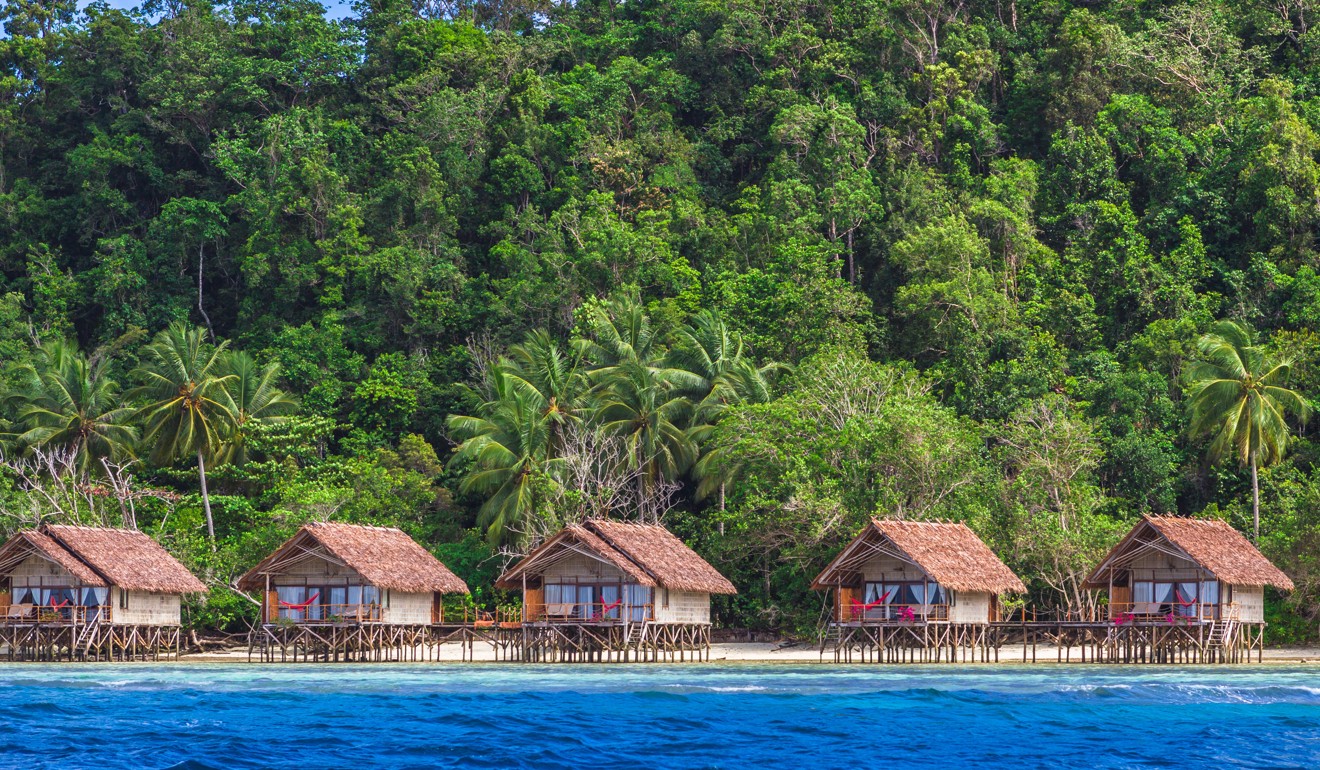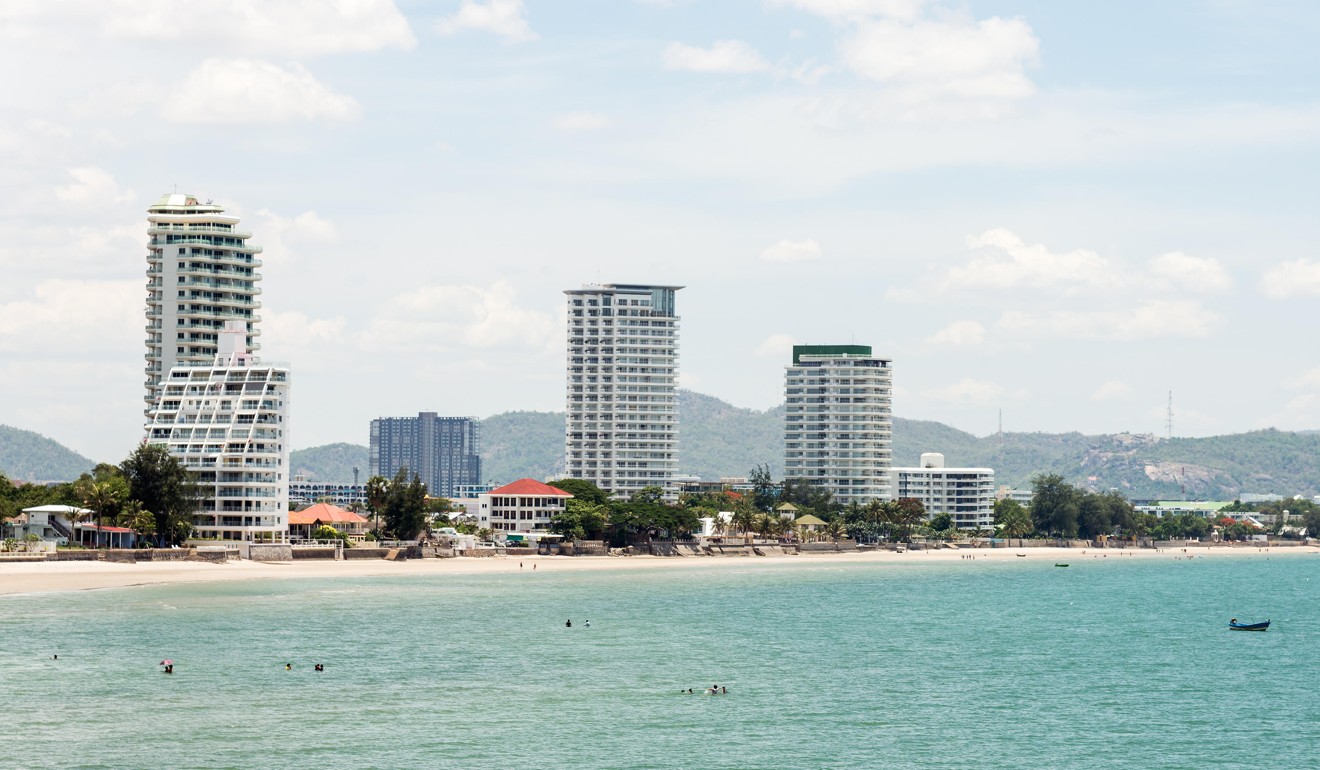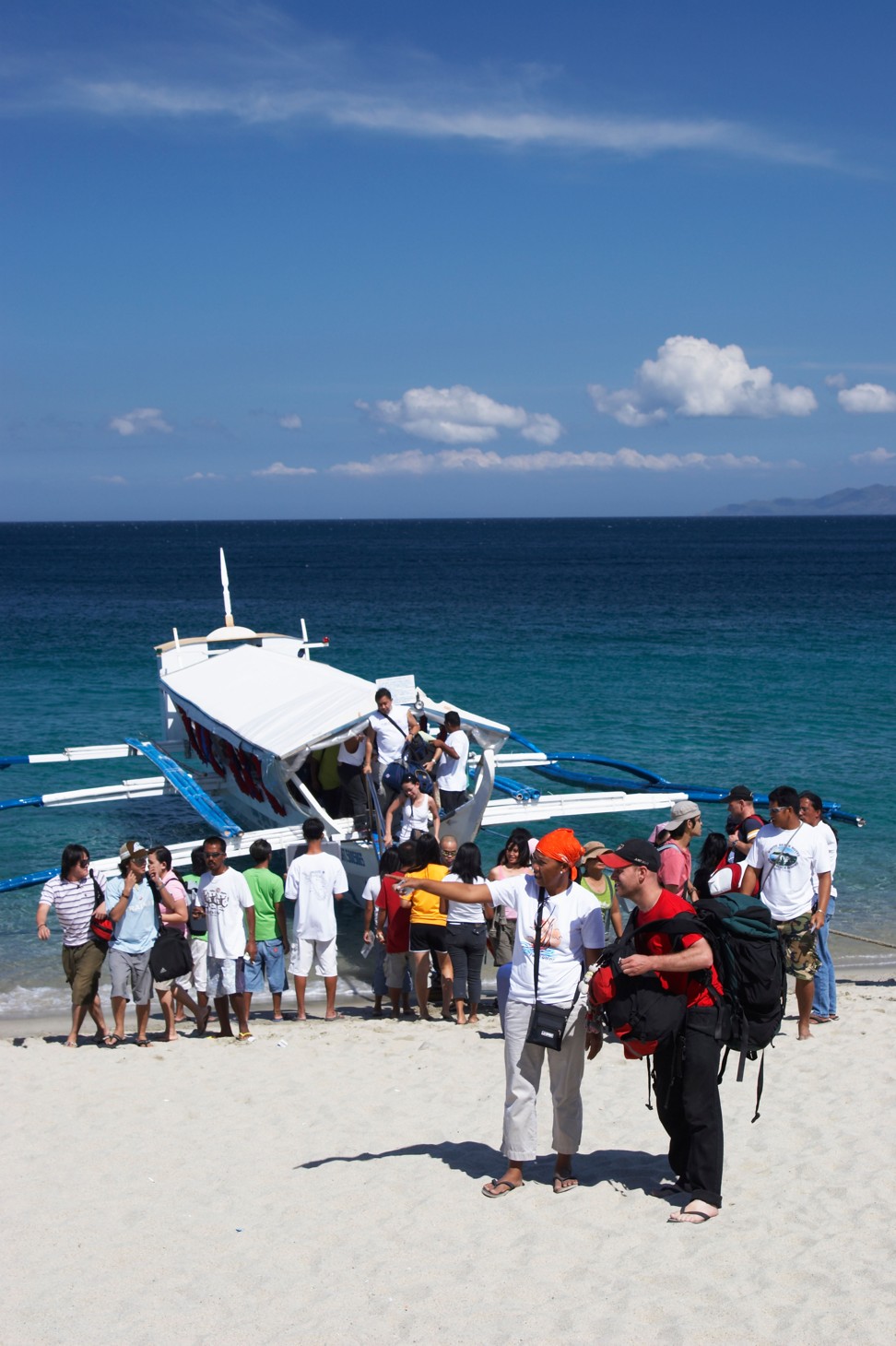
The six stages of tourism at a tropical beach resort: from backwater idyll to boom and bust honeypot
- Combining two tourism experts’ theories to explore the life-cycle of a sun, sea and sand holiday destination
George Doxey was ahead of his time. As long ago as 1975, the tourism academic predicted that Tung Chung residents would one day lose patience with hordes of mainland tourists pouring over the Hong Kong-Zhuhai-Macau Bridge.
Doxey’s Irritation Index, or “Irridex”, suggests that as the number of visitors increases at a given destination, residents pass through a sequence of emotions and reactions. He identified four main stages in the relationship between host community and guest, beginning with “euphoria” and culminating in “antagonism”. Critics have since described the model as simplistic, pointing out that few tourism hot spots move seamlessly from one phase of development to the next. This paved the way for Richard W. Butler to publish his six-stage Tourism Area Life Cycle, in 1980.
Hong Kong moves to tighten tour guide rules as visitors overwhelm
By combining both models, it’s possible to follow the fortunes of a semi-fictional beach paradise and observe how locals deal with its evolution.
The Exploration Stage (Butler) Euphoria (Doxey)
Somewhere in a sleepy corner of Southeast Asia, in the days before tourists had guidebooks to ensure they all went to the same places, a group of free-spirited travellers stepped off a battered long-distance bus and onto a sublime sweep of talcum-powder sand. They were waved at and then welcomed by leather-faced fishermen hauling their nets out of the turquoise waters. When it became clear that neither could understand the other, someone ran to fetch the local schoolteacher.
Negotiations were conducted in broken English supplemented with sign language and smiles. The teacher would be delighted to offer the newcomers sleeping space on the floor of his humble shack. The villagers were excited and flattered at the prospect of strangers staying with them. The travellers had never seen such a beautiful place.
Involvement (Butler)

Word spread and more foreigners found their way to the fabled bay. With no room left in his house, the teacher asked some locals to help build a row of rustic palm-leaf huts. Only a little rain leaked through the thatched roofs but no one seemed to mind. Soon other villagers began constructing beach bungalows and modest restaurants. The tie-dyed travellers showed them how to prepare simple dishes such as banana pancakes and designed the first menus. Competition was good natured and no one thought to charge extra just because the customers were tourists.
Young globetrotters came for days and ended up staying for weeks. Some gave language lessons in the village school and decided that rather than giving sweets to the impoverished children, they would hand out pens. Villagers benefited from the trickle-down of traveller spending – restaurant owners sourced all they needed from local farmers and fishermen, which ensured takings stayed in the community.
Development (Butler) or Apathy (Doxey)

There was much celebrating on the day when the village was connected to the national electricity grid, although few residents had the means to buy any electrical appliances. Before long, businessmen from the capital turned up with sacks of cash and plans to build luxurious glass-and-concrete hotels, shopping centres and nightclubs. Palms were greased, local bureaucracy bypassed and bulldozers began carving up the countryside. A regional airport followed, slashing transfer times, which pleased the package tour operators.
Affluent tourists, happy to pay a premium for accommodation with air conditioning and satellite television, flocked to the thriving resort, creating even more jobs. Those villagers unable to find steady employment set themselves up as beach vendors selling drinks and trinkets. Some couldn’t be bothered to trudge up and down the hot sands all day and chose to beg instead. After all, the latest wave of foreigners seemed to have so much money compared with the budget-minded travellers who preceded them. Priced out of paradise, they’d been forced to move on.
Consolidation (Butler) Annoyance (Doxey)

By now the local economy was dominated by tourism. The number of beach vendors soared as itinerant labourers arrived from across the province to try their luck. This meant that farmers struggled to find workers at harvest time as there was more money to be made selling copy watches and weed. Theft from hotel rooms increased, as did the sale of hard drugs and sex. Overcharging and short-changing in restaurants and bars reached epidemic proportions but that was hardly surprising given the long hours and meagre earnings staff endured.
No one could remember exactly when traders in the municipal market started selling souvenirs instead of fruit, veg and farming equipment. Nearly every merchant stocked an identical inventory of wood carvings and wind chimes, which meant that villagers who had once worked, laughed and sung together in the paddy fields were now at each other’s throats, fighting for customers. Tourists attempting to take selfies with the most photogenic stallholders were harangued until they paid for the privilege.
Stagnation (Butler) Antagonism (Doxey)

The resort was rapidly reaching the limits of its carrying capacity and the economic benefits of mass tourism were now outweighed by huge social costs. At best, the host community took the visitors for granted; at worst they were unfriendly, short-tempered and irritable.
Locals blamed the outsiders for causing inflation, corrupting local culture and ruining the natural environment (even though they had been tipping rubbish into the sea at night for years). Touts multiplied to such an extent that unless they pestered the tourists aggressively, they never made a sale. Sightseers grew tired of being continually harassed by children shouting “gimme a pen”. Who on earth had started that?
Crime skyrocketed but the police were of little help. They might have been able to sniff out the culprits in such a close-knit community had they wanted to, but most were too busy supervising rackets of their own. Frustration and antagonism increased because the villagers realised there were few alternatives to low-paid, seasonal work that didn’t involve being nice to whining foreigners. For their part, the holidaymakers were now paying more for some goods and services than they would at home, yet a whopping 80 per cent of all tourism expenditure was leaking away to pay for imported products and repatriated (multinational) profits.
Decline or Rejuvenation (Butler)

What began as a mutually beneficial exchange for both host and traveller had degenerated into outright hostility towards foreigners. Anti-tourist graffiti started appearing, which prompted the government to look at ways of limiting visitors. Threats to close the beach followed – it needed time to recover from years of pummelling. An onslaught of negative publicity eventually led to the resort falling out of fashion. Guidebooks and websites were quick to publicise pristine alternatives, as yet unsullied by the masses.
Fortunately, according to Butler, there is the potential for one final stage of the cycle. “Rejuvenation” could take the form of a rebranding exercise, showcasing exciting new attractions, perhaps, or the repositioning of the resort as a family-friendly destination. Without a reboot, however, Doxey and Butler both believed that host populations would remain antagonistic for as long as they were inundated with visitors.
Now, what was I saying about Tung Chung and mainland tourists?

